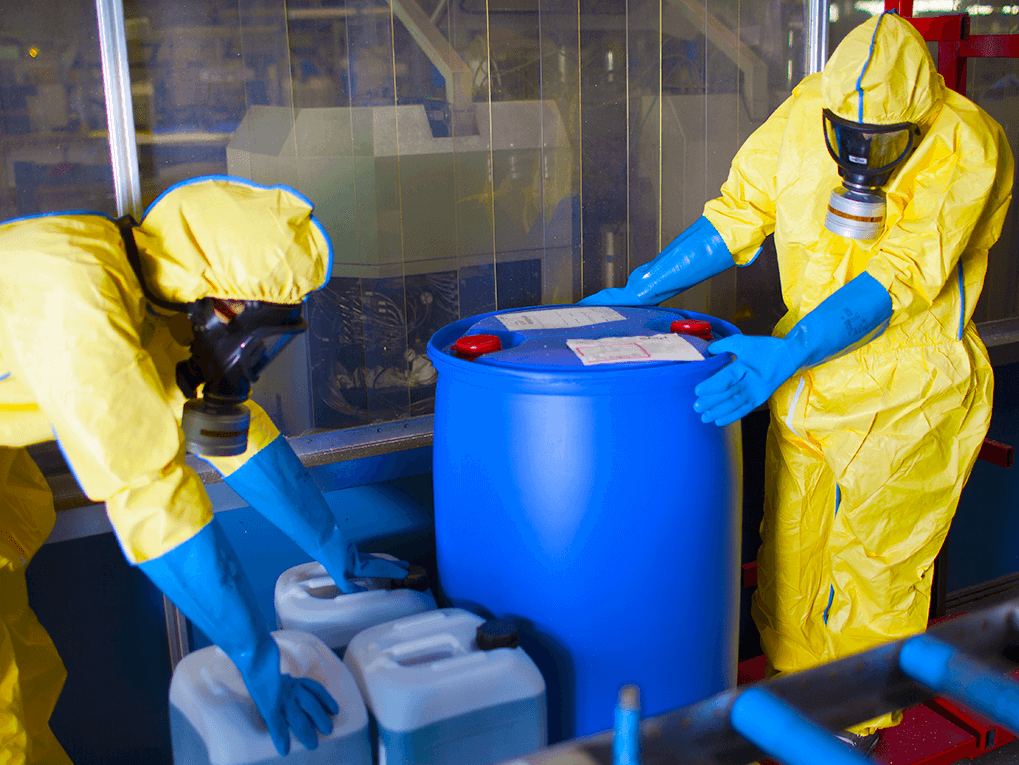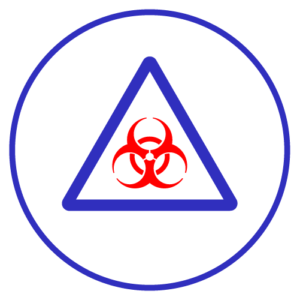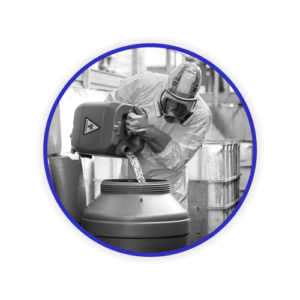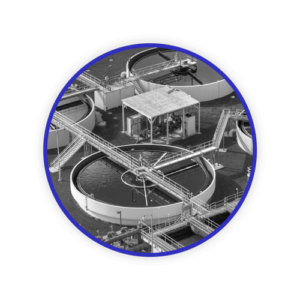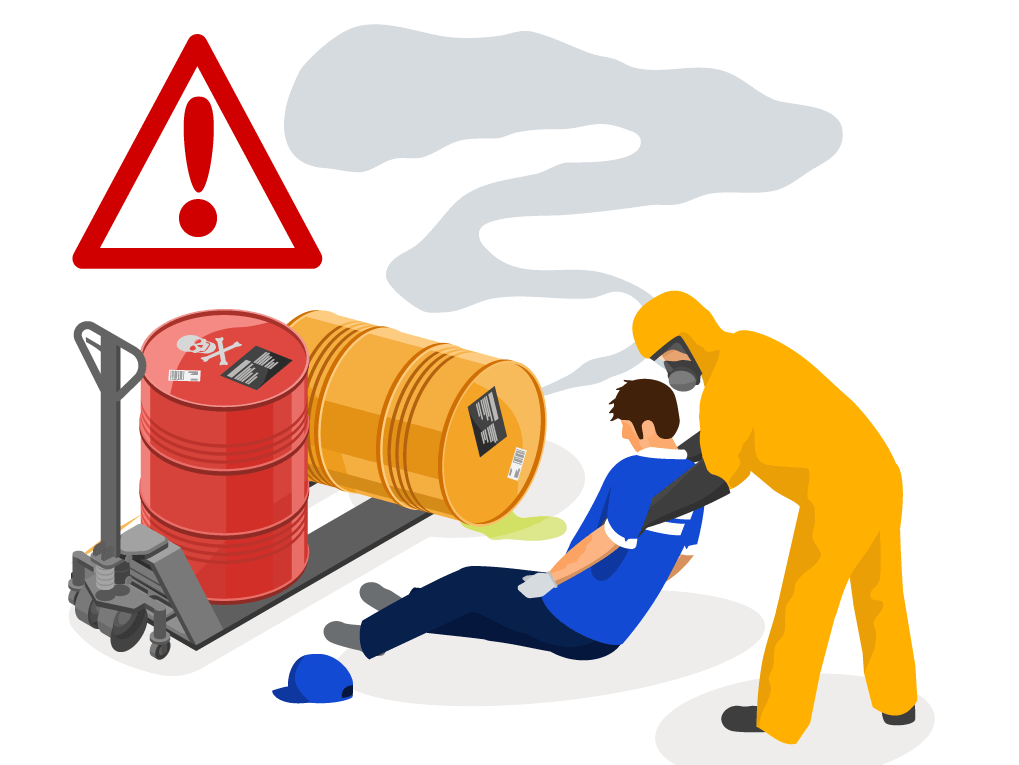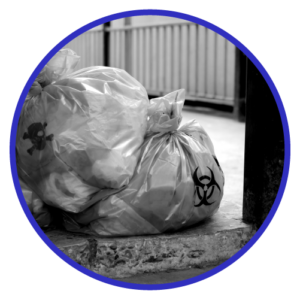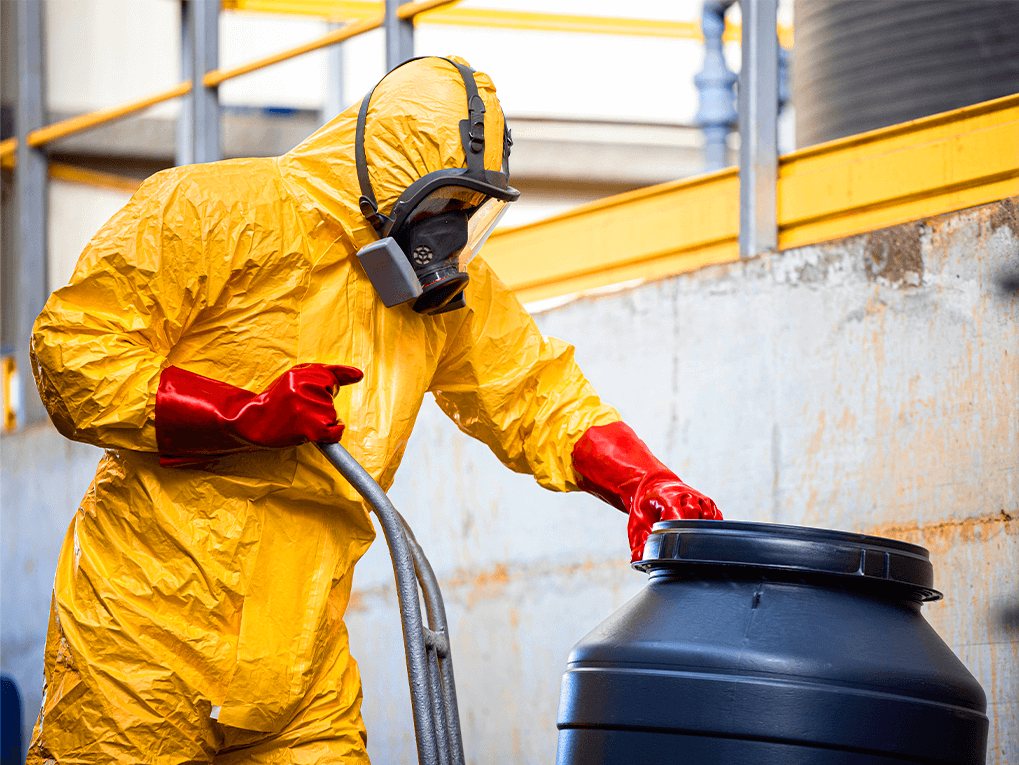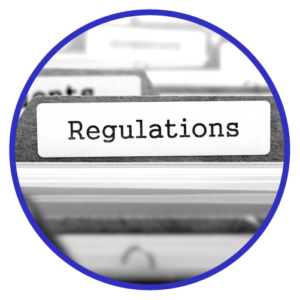Have you ever had to guess which properties make your waste hazardous? Proper classification is crucial for any business and all the more so for those producing hazardous waste. A key part of this process is understanding the 15 Hazard Property (HP) codes, which categorise waste based on its specific hazardous characteristics.
This brief guide explains what HP codes are, why they’re important, and how they contribute to responsible and compliant waste management. So read on, and allow us to remove the guesswork…
- What Are Hazard Property Codes?
- Why Are Hazard Property Codes Important?
- The 15 Hazard Property Codes Explained
- Maintaining Compliance for Responsible Waste Management
- Need Help Classifying Your Waste?
What Are Hazard Property Codes?
The 15 HP codes defined within the Technical Guidance WM3: Waste Classification are used to categorise waste based on its specific hazardous properties. It’s how we identify waste as hazardous, and what makes it so.
This classification system helps to ensure the safe and responsible handling, transport and disposal of hazardous waste materials.
Why Are Hazard Property Codes Important?
There are numerous reasons that Hazard Property codes are important, the main ones include:
Safety
Understanding the inherent hazards of your waste is paramount for the safety of both staff and the public. Knowing the specific risks allows you to implement appropriate safety measures and ensure the correct PPE is always readily available. It also helps when defining the handling and storage procedures of your waste.
Sustainability
When hazardous waste isn’t managed correctly, it can pose serious risks to the environment. Incorrect disposal can lead to soil and water contamination, causing harm to ecosystems and potentially impacting human health.
Compliance
Legal and regulatory compliance should always be an important priority for any waste producer, and all the more so when that waste has the potential to cause harm. UK environmental regulations strictly enforce the proper classification and management of hazardous waste – failing to do so can lead to significant legal and financial penalties.
On the flip side, safety and sustainability will be natural byproducts of adhering to the established regulations.
The 15 Hazard Property Codes Explained
As mentioned at the outset, each HP code is used to categorise waste based on its specific hazardous properties but to do that effectively, you’ll need to know which types of waste each code represents.
#1 Explosive Waste (HP 1):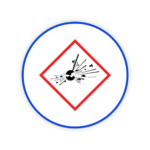
Waste that can explode or cause a sudden, violent reaction.
Think: Pyrotechnics, fireworks, and unstable chemicals.
#2 Oxidising Waste (HP 2):
Waste that helps things burn more easily.
Think: Substances that make fires worse, like strong bleaches and fertilisers containing nitrates.
#3 Flammable Waste (HP 3):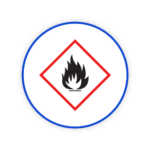
Waste that easily catches fire.
Think: Petrol, sulphur, solvents, paint, and methane.
#4 Irritant Waste (HP 4):
Waste that can irritate your skin or damage your eyes upon contact.
Think: Weak acids, detergents, solvents, and bleaches.
#5 STOT (Specific Target Organ Toxicity) (HP 5):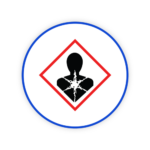
Waste that can cause harm to specific organs if you’re exposed to it over time or breathe it in.
Think: Chemicals that damage the liver or kidneys, such as solvents, oils and greases, and pesticides.
#6 Acute Toxicity Waste (HP 6):
Waste that can seriously harm you with just one exposure (swallowing, breathing, or skin contact).
Think: Highly poisonous substances such as pesticides, insecticides, herbicides, heavy metals, and lead paint.
#7 Carcinogenic Waste (HP 7):
Waste that is known or suspected to cause cancer.
Think: Certain chemicals linked to cancer, such as asbestos, hydrocarbons, and alcohol.
#8 Corrosive Waste (HP 8):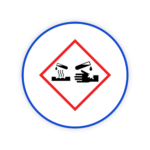
Waste that can eat through skin or other materials.
Think: Strong acids and bases that burn.
#9 Infectious Waste (HP 9):
Waste containing germs that can make people or animals sick.
Think: Certain types of healthcare waste such as clinical waste, and some lab waste.
#10 Toxic for Reproduction (HP 10):
Waste that can harm a person’s ability to have children or harm a developing foetus.
Think: Chemicals that affect fertility, such as chlorinated solvents, oils, and diesel.
#11 Mutagenic Waste (HP 11):
Waste that can change a living thing’s DNA, potentially causing birth defects or genetic problems.
Think: Some chemicals that alter genes, such as petrol, UV inks, and cytotoxic drugs.
#12 Releases Acute Toxic Gas (HP 12):
Waste that releases poisonous gases when mixed with water or acid.
Think: Bleach, rat poison, water purifying chemicals, and some batteries.
#13 Sensitising Waste (HP 13):
Waste that can cause allergic reactions, affecting the skin or respiratory system.
Think: Substances that cause skin rashes or breathing problems, such as disinfectants, latex, epoxy resin, and silicon oil.
#14 Ecotoxic Waste (HP 14):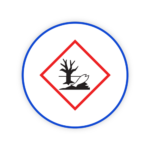
Waste that harms the environment, including plants, animals and water.
Think: Pollutants that damage ecosystems, such as hydrocarbons, herbicides, pesticides, epoxy resin, and bleach.
#15 Waste Capable of Exhibiting a Hazardous Property (HP 15):
Waste that may possess any of the above hazards. This refers to waste capable of exhibiting a hazardous property (HP1-HP14) but not directly displayed by the original waste.
Think: Waste that can leach harmful chemicals into the ground, such as tetrahydrofuran, diethyl ether, picric acid, and wetted or desensitised explosives.
So, with the 15 HP codes explained, let’s take a more in-depth look at maintaining compliance.
Maintaining Compliance for Responsible Waste Management
Maintaining compliance isn’t just a legal obligation, it’s a cornerstone of responsible business practices.
What can help you to stay compliant? Here are a few tips:
- Stay informed: Regularly review and update your understanding of the latest environmental regulations and best practices.
- Classify waste correctly: Accurately identify and classify all hazardous waste being generated by your business using the Hazard Property codes.
- Keep detailed records: Keep and maintain records of all waste generation, transportation and disposal activities.
- Partner with a reputable waste service provider: Choose a partner with a proven track record of compliance and a commitment to safe and responsible waste management practices.
What Happens if You Fail to Maintain Compliance?
There are many consequences for mismanaging hazardous waste, none of them good. They include:
- Heavy fines: Penalties for non-compliance can be substantial, significantly impacting your bottom line.
- Legal action: In serious cases, businesses may face legal action, including prosecution and potential imprisonment for responsible parties.
- Reputational damage: Non-compliance can damage your company’s good name, eroding public trust and potentially impacting customer relationships.
- Environmental harm: Improper waste disposal can lead to soil and water contamination, harming ecosystems and potentially impacting human health.
- Operational disruptions: Non-compliance can lead to site inspections, enforcement actions, and even temporary or permanent closure of operations.
Are you looking for a list of relevant UK authorities? You can find them on our Hazardous Waste Compliance page.
By prioritising compliance, you can minimise health risks, protect your business and contribute to a healthier environment.
Need Help Classifying Your Waste?
If you’re unsure about Hazard Property codes or anything else to do with hazardous waste management, don’t hesitate to reach out. Our experienced team is ready and willing to support you every step of the way, from identifying and classifying your waste to packaging and final disposal.
Contact us today to learn more about our hazardous waste services and how we can help you create a safer and more compliant waste management system for your facility.

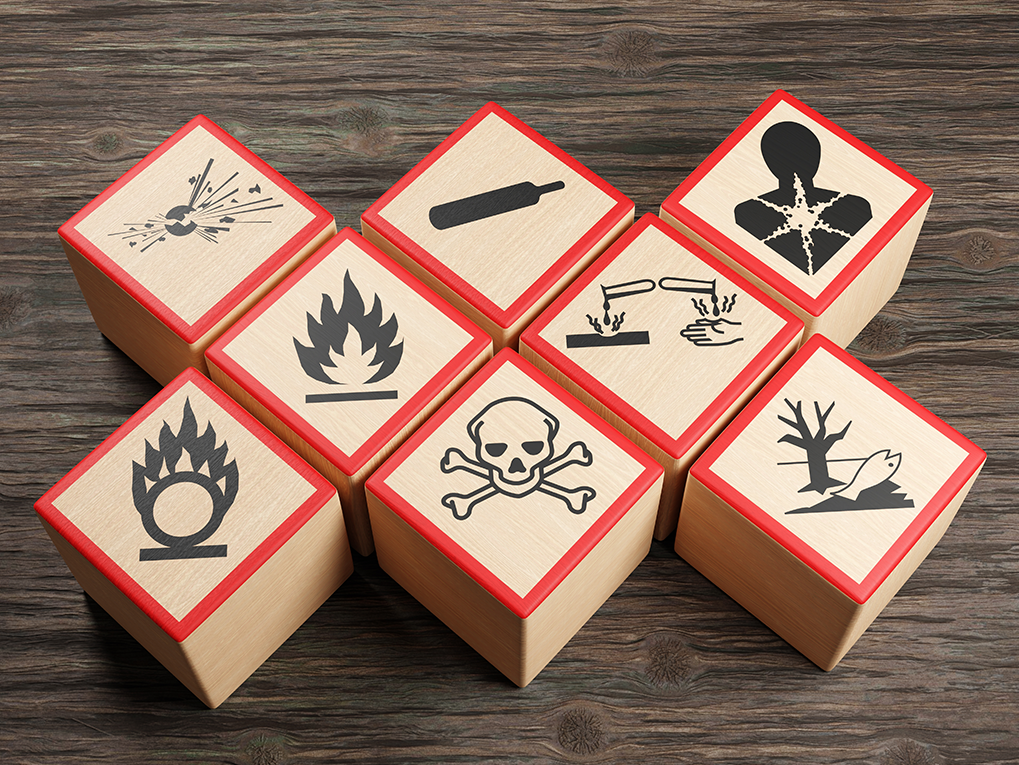
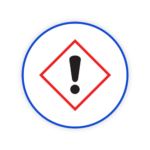






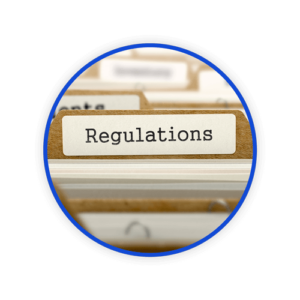 What are the Hazardous Waste Regulations 2005?
What are the Hazardous Waste Regulations 2005? #4 Hazardous Waste Consignment Notes
#4 Hazardous Waste Consignment Notes Practical Tips for Hazardous Waste Compliance
Practical Tips for Hazardous Waste Compliance
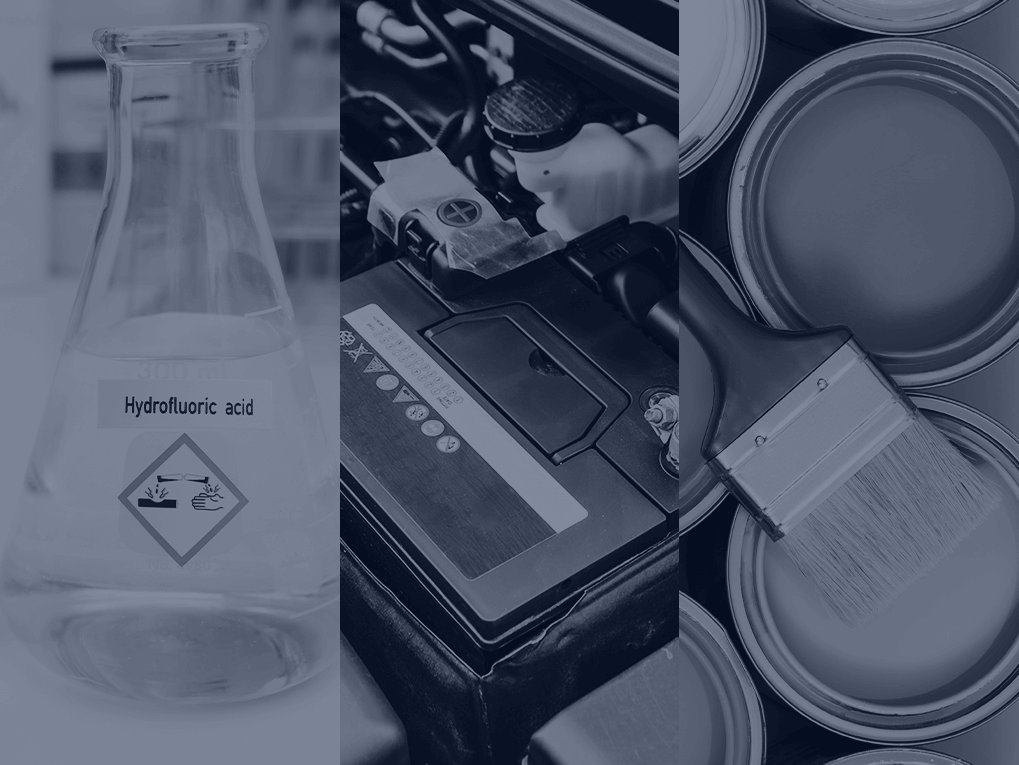
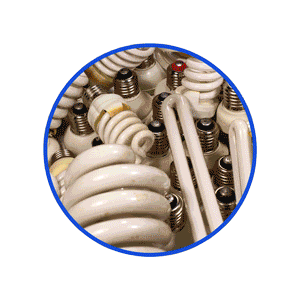 Common types of chemical wastes include:
Common types of chemical wastes include: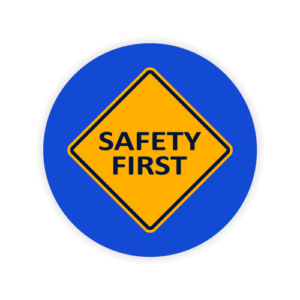 What’s The Safest Way to Store Chemical Waste?
What’s The Safest Way to Store Chemical Waste?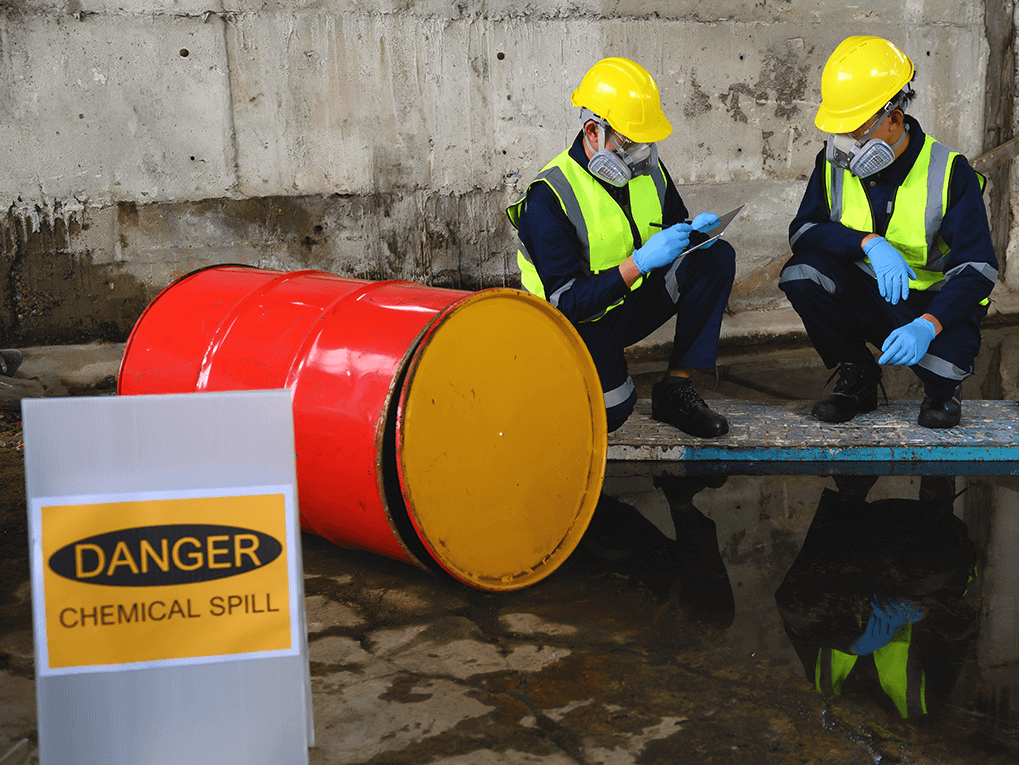
 It’s essential to outline a plan for hazardous waste emergencies so that you’re prepared when they happen. Sudden hazardous waste emergencies can pose a risk to health and the environment due to their toxic effects and potential exposure to hazardous chemicals.
It’s essential to outline a plan for hazardous waste emergencies so that you’re prepared when they happen. Sudden hazardous waste emergencies can pose a risk to health and the environment due to their toxic effects and potential exposure to hazardous chemicals. The safety of everyone in the surrounding area in case of a hazardous waste emergency is paramount. The evacuation plan is initiated by sounding the emergency alert. This leads people to their designated safe places or assembly points, away from the hazardous waste. Your occupational safety plan must also include individuals with disabilities and detailed routes that avoid the affected area.
The safety of everyone in the surrounding area in case of a hazardous waste emergency is paramount. The evacuation plan is initiated by sounding the emergency alert. This leads people to their designated safe places or assembly points, away from the hazardous waste. Your occupational safety plan must also include individuals with disabilities and detailed routes that avoid the affected area. When a fire breaks out, only trained individuals should respond swiftly, using designated firefighting equipment stored in accessible storage areas. Your appointed fire wardens must have location plans for fire hoses, extinguishers and water sources.
When a fire breaks out, only trained individuals should respond swiftly, using designated firefighting equipment stored in accessible storage areas. Your appointed fire wardens must have location plans for fire hoses, extinguishers and water sources.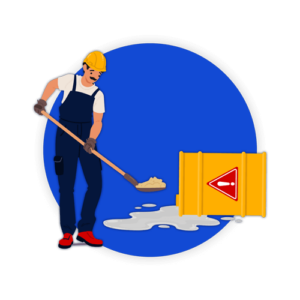 Next, you must contain the release of hazardous substances to prevent the spread. There are several ways to do this, including dry sand, sawdust, proprietary booms, and absorbent pads.
Next, you must contain the release of hazardous substances to prevent the spread. There are several ways to do this, including dry sand, sawdust, proprietary booms, and absorbent pads.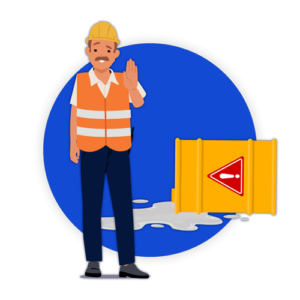 Once you’ve contained the spill, your focus needs to shift towards stopping any further contamination to the environment.
Once you’ve contained the spill, your focus needs to shift towards stopping any further contamination to the environment.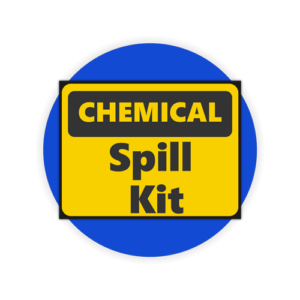 Spill containment and cleanup is usually safer than trying to neutralise waste in situ. With neutralisation, you’re adding more chemicals into the spill, leading to an increased risk of non-containment. You also run the risk of secondary reactions and the evolution of heat/gas.
Spill containment and cleanup is usually safer than trying to neutralise waste in situ. With neutralisation, you’re adding more chemicals into the spill, leading to an increased risk of non-containment. You also run the risk of secondary reactions and the evolution of heat/gas.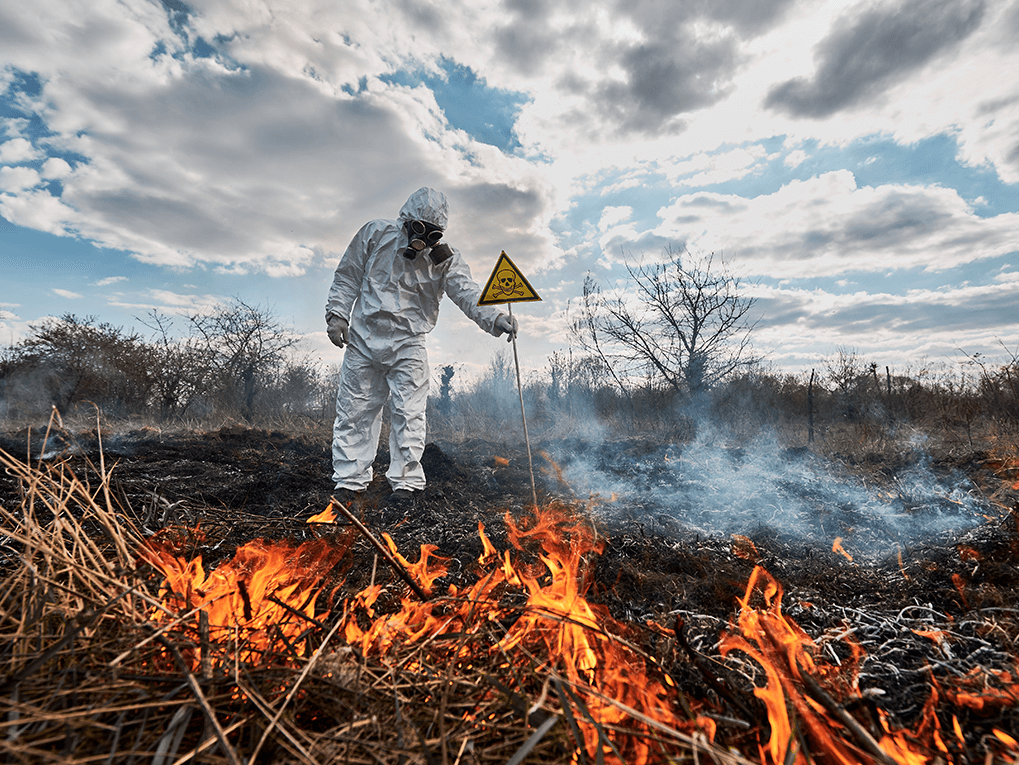

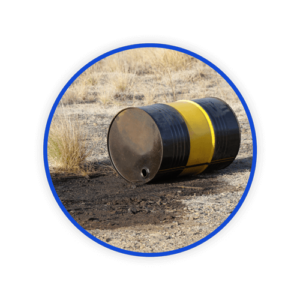 Soil contamination is another significant consequence of hazardous waste mismanagement. Heavy metals, chemical waste spills, and agricultural runoff deposit harmful substances in the soil. These substances can remain in the soil for years, eventually altering the soil’s composition and fertility. This degradation impacts plant growth and crop yields, decreasing biodiversity and disrupting soil health.
Soil contamination is another significant consequence of hazardous waste mismanagement. Heavy metals, chemical waste spills, and agricultural runoff deposit harmful substances in the soil. These substances can remain in the soil for years, eventually altering the soil’s composition and fertility. This degradation impacts plant growth and crop yields, decreasing biodiversity and disrupting soil health.



 We’ve grown.
We’ve grown. Our new design overhaul began with us paying homage to our brand origins. The new Hazport logo retains the shape-blocked design that’s been our insignia for many years, but it’s been modernised with an edgier typeface and more playful colour tones.
Our new design overhaul began with us paying homage to our brand origins. The new Hazport logo retains the shape-blocked design that’s been our insignia for many years, but it’s been modernised with an edgier typeface and more playful colour tones. As a reminder, we’re still able to guide and support your business with:
As a reminder, we’re still able to guide and support your business with: